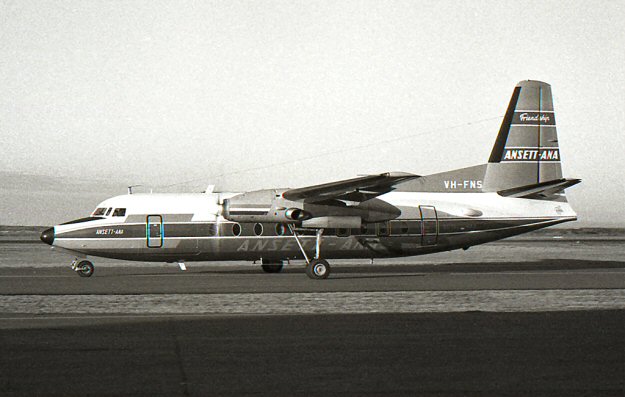In July 1977, –FNS finally reached its original intended destination
when it was sold to Air Niugini
as
P2-ANS. However, the quick change floor proved
more of a burden that a bonus. It came
with a weight penalty that could not be overcome by increase
utilization because there was no night
flying in PNG at the
time. The aircraft was withdrawn from use in
March 1984 and soon after
sold to Air UK. It became G-BLMM in September 1984. A year later
it was sold Alkair, a Danish
operator who registered it OY-CCK.
It was leased to several airlines over the next three years
until it was sold to Ratioflug, which registered in D-ADEP in November
1988. It continued to be
leased to other operators, eventually being sold to one of them, WDL,
in 2004. It was withdrawn
from use and sat at Cologne for several years until sold in Africa in
2014. It departed for South Africa
as N138AG. That
registration was cancelled in July 2016 when the aging Fokker was sold
in
Kenya as 5Y-FMM . The
all-white aircraft’s cabin had all but the four emergency exit
windows
blanked out. It is
reported that this Fokker crashed in Somalia on 3 June
2017. It tore off a
wing in a landing, without
loss of life, whilst on a UN food charter.
* David Carter explains this aircraft's identity as
follows:
It started down the production line as a
400 but was changed to a 600 before it rolled out. DCA registered
it as a 400. The constructor’s
plate showed it was a 400. The Queensland Air Museum explains it
best. The standard 400
had a large cargo door and a heavy duty floor with tie downs. Fokker
then offered an alternative
floor with rollers and pallet locks which it called the 400QC (but
apparently did not stamp this
on the constructor’s plate). After Ansett’s five aircraft
were delivered, Fokker changed the
model to 600, the nomenclature with which TAA’s eight were
registered.. These 13 aircraft
were the only 400QC/600s built. Spotters’
sites call them 600s. 